Pancreatic tumors are the fourth cause of death among cancer-related illnesses in both men and women.
Individuals diagnosed with the tumor during the early stages of the malignancy have an 85% chance within a five-year span of attaining full recovery, on the other hand, individuals diagnosed with the diseases in later stages have a 3% shot of getting better.
Diagnosing pancreatic tumor can be tricky and can easily go unnoticed, and when noticed it might be too late.
The pancreatic tumor can be a silent killer if the signs and symptoms of this disease are not noticed or noticed then ignored.
We came up with a list of some of the easily and widely recognized indications so that you can be watchful as you get on with your daily life.
Click next under the picture to continue reading.
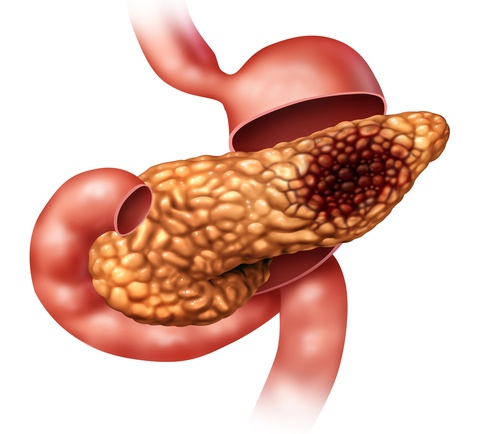

Jaundice
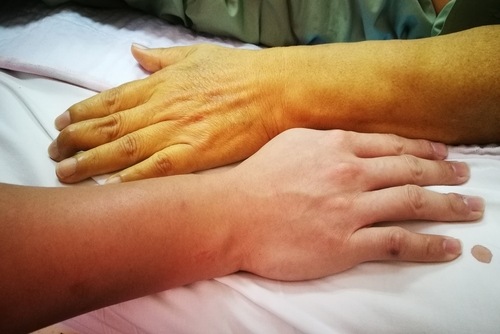
Jaundice is a symptom associated with a fair number of diseases when the skin and eyes start developing a yellow shade, your body might be crying out for some medical attention.
Jaundice is more often than not linked with pancreatic malignancy. It is all about excessive bilirubin.
When bilirubin accumulates in the body due to the tumor hindering the release of excessive bile from the body the liver, in turn, fails to push out the processed bilirubin (bile) through the bile duct, subsequently, the eyes and skin develop a yellow color.
The Jaundice becomes worse when the growth on the pancreas spreads into the liver, hence jaundice can be seen in patients during the early and late stages of pancreatic tumor.
Darker Urine

Dull colored urine is additionally caused by excessive bilirubin in the body and is one of the clear signs that indicate a tumor might be thriving in your pancreas.
When your urine starts changing to a dark color, the chances of a tumor growing in your pancreas are higher as opposed to excreting normal urine. It is important to consult your specialist as soon as possible.
Greasy stool

As repulsive and disgusting as it sounds, this is one of the clear indications there is a tumor in your body, especially in the pancreas.
When the tumor grows to point where it blocks the bile duct, the bile that’s supposed to work on food and process the fatty substances in the body does not get to its intended reaction point, therefore, the fatty substances and other material comes out in form of stool “raw”.
Pigmented stool
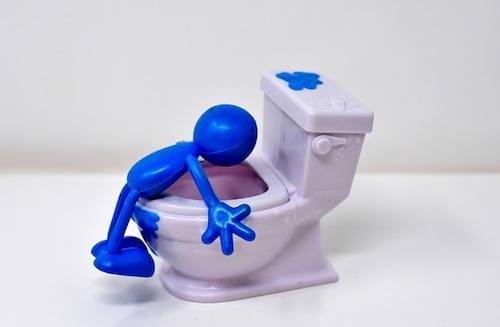
Apart from the stool being greasy, another indication from your poop that you might be suffering from pancreatic cancer is pigmentation in the stool.
The pancreatic juice and bile that’s supposed to reach the digestive tract are blocked and hence ends up in the stool.
Skin aggravations
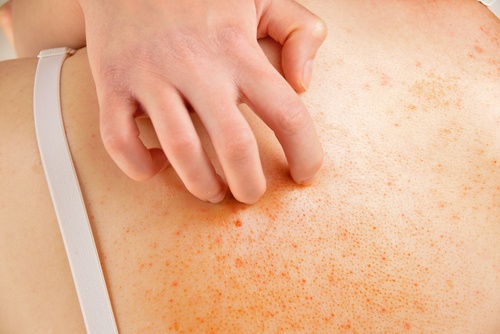
The other sign that could save your life before it’s too late is skin irritation alongside yellow skin.
If your skin has a yellow color and unprecedented irritations, then it’s high time you paid a visit to a specialist.
The irritations can appear on certain points on the body like a cluster of goose bumps or scattered all over your body.
The irritation is brought about by a number of factors, excessive bilirubin, inadequate digestive catalysts in the body and low rate of metabolism.
Click Next to learn about other important cancer symptoms and health issues you’re probably ignoring
Pancreatic tumors are the fourth cause of death among cancer-related illnesses in both men and women.
Individuals diagnosed with the tumor during the early stages of the malignancy have an 85% chance within a five-year span of attaining full recovery, on the other hand, individuals diagnosed with the diseases in later stages have a 3% shot of getting better.
Diagnosing pancreatic tumor can be tricky and can easily go unnoticed, and when noticed it might be too late.
The pancreatic tumor can be a silent killer if the signs and symptoms of this disease are not noticed or noticed then ignored.
We came up with a list of some of the easily and widely recognized indications so that you can be watchful as you get on with your daily life.
Click next under the picture to continue reading.




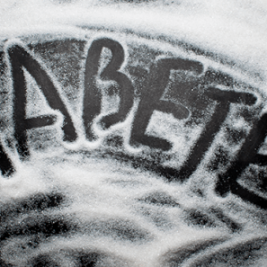
Comments